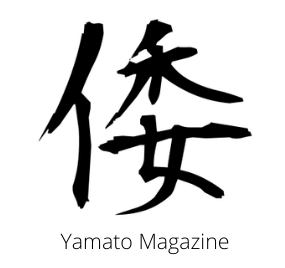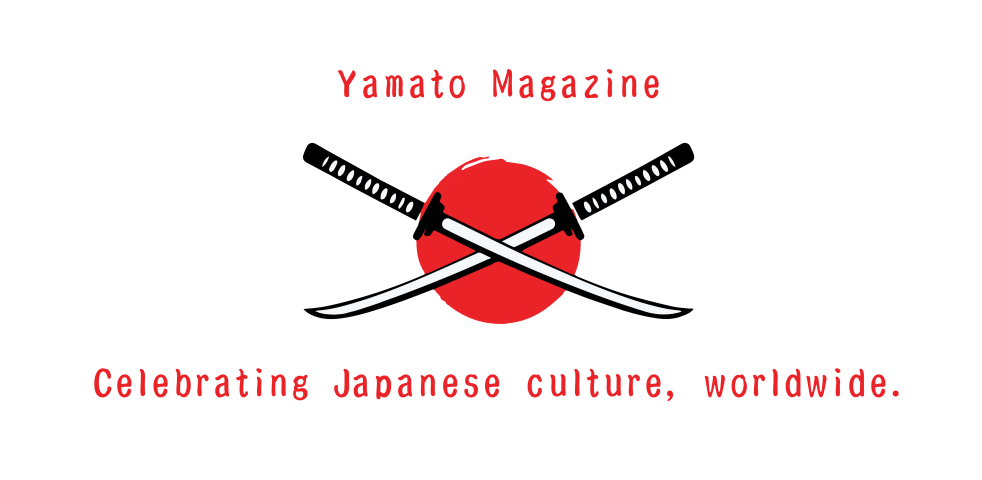
What I love about Japanese alcohol is the range of versatile drinks, which run the gamut from sweet tasting nihonshu, to fiery whiskeys that have been made with Japanese brewing techniques. It turns out there’s this pretty awesome drink called shochu as well.
When learning about this flexible beverage, it’s a good idea to go to an expert, which is why I picked up Christopher Pellegrini’s The Shochu Handbook: An Introduction To Japan’s Indigenous Distilled Drink. In the book, Pellegrini tells you everything you need to know about shochu and why it needs to be on the radar of casual drinkers, sake nerds and alcohol experts alike.
An insightful look into the realm of shochu and awamori
From the beginning of the book, Pellegrini’s passion for sake is on full display. He introduces the reader to what makes shochu and its southern cousin awamori different to other types of sake like nihonshu.
“It’s a spirit, and most types of shochu neither smell nor taste anything like nihonshu. To be fair, shochu has a few modest ties to its more well-known cousin. For instance, rice is one of the most common base ingredients used to make shochu, and nihonshu lees are used to make one particular variety of shochu called katsutori. Awamori, the shochu made in Okinawa, is also made with rice.”
Pellegrini expands on this point by explaining how shochu and awamori are made with a much wider variety of ingredients, such as sweet potato, buckwheat, brown sugar, carrot, kelp, radish, chestnut and more. These ingredients are spread across three main categories of shochu.
- Honkaku – Single-distilled and created from a plethora of sources.
- Korui – Multi-distilled and made primarily from sugar cane and corn for mass-production purposes.
- Konwa – A blend of the honkaku and korui categories.
In other chapters, Pellegrini highlights intriguing facts about the industry, such as the misconceptions between shochu and the Korean drink soju in the west.
“Due to a state-specific American liquor control tax loophole, many eating and drinking establishments in the US that carry shochu, particularly in California, serve it under the name soju, its Korean multi-distilled cousin. In many cases it actually says ‘soju’ right on the bottle. Obviously this has had the effect of confusing and misinforming consumers.”
“The reason for this is soju, due to its mid-level ABV and some heavy lobbying in the California state capitol, now skirts the parameters of a full-blown liquor license which can be prohibitively expensive for new business owners. Many establishments opt for the less restrictive beer and wine license which currently accommodates some medium ABV drinks like soju (24% ABV and lower).”
It’s this kind of attention to detail that makes The Shochu Handbook a joy to dissect and allows the reader to feel Pellegrini’s passions and frustrations about how far shochu has come and what is stopping it from reaching the next level.
Serving styles and bottles to try
In later chapters, Pellegrini discusses the different serving methods of shochu, like the practice of mizuwari and oyuwari. Mizuwari shochu is mixed with water before serving to enhance the flavour, while oyuwari shochu is cut with hot water and served at a temperature that is normally between 50 to 60 degrees Celsius. Both styles have their own specific techniques and enhancements, which adds to the flexibility of drinking shochu and awamori.
Pellegrini also lists a helpful guide on different types of shochu to try for beginners and sake masters. Then, he takes it a step further by offering suggestions on the best shochu-infused cocktails to drink. My personal favourite is The Makarim, made with Bombay sapphire gin, brown sugar umenshu, Momo no Kuchidoke peace liqueur and lemon soda water. (This cocktail was inspired by a friend of Pellegrini’s and isn’t a drink to be trifled with apparently.)

Informative, inspirational and innovative
What I enjoy most about The Shochu Handbook is that the reader is never made to feel as if they are out of their depth. Pellegrini takes you down the rabbit hole a step at a time, revealing more and more details that add to the shochu tableau.
Whether you are new to the world of sake or have been a part of it for years, The Shochu Handbook is a must-read piece of literature. It’s inspired me to go out and try different types of shochu and it will do the same for you.


So Shochu is like a Sake, but harder?
LikeLike
There are a few key differences between shochu and sake (called nihonshu in Japan and sake outside of Japan)
Shochu is a distilled beverage and nihonshu is a fermented beverage.
Shochu and awamori usually have an ABV that can go above 20% while nihonshu usually sits between 15 – 17%
There is more variety in the base ingredients of shochu production e.g. with sweet potato, buckwheat etc. Nihonshu uses only rice, koji mold and water.
Hope that helps!
LikeLiked by 1 person